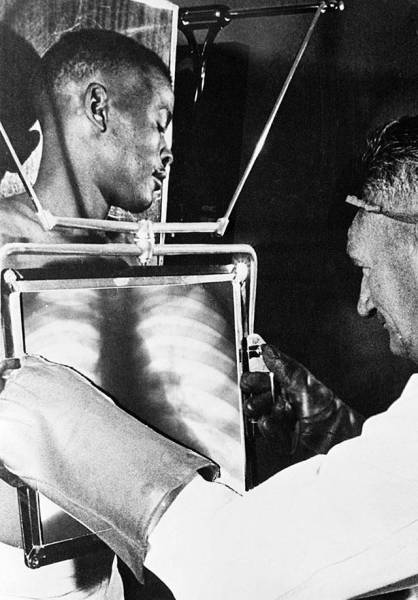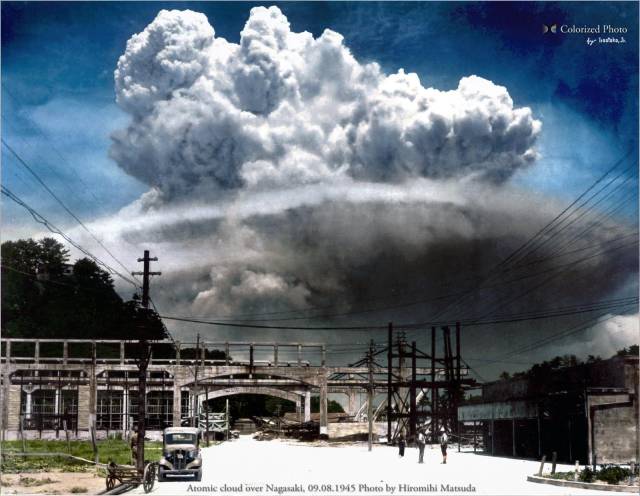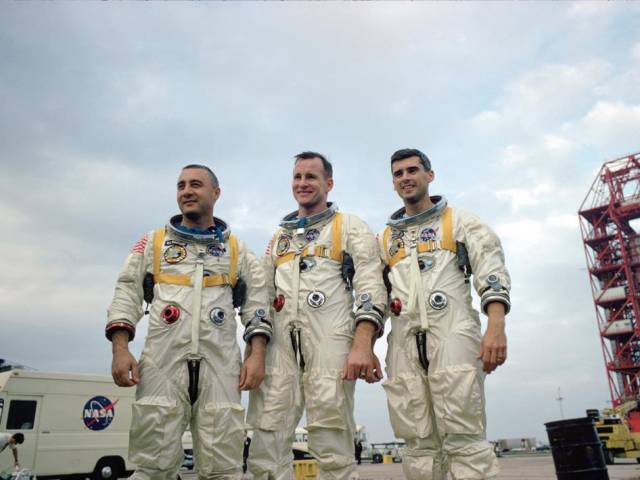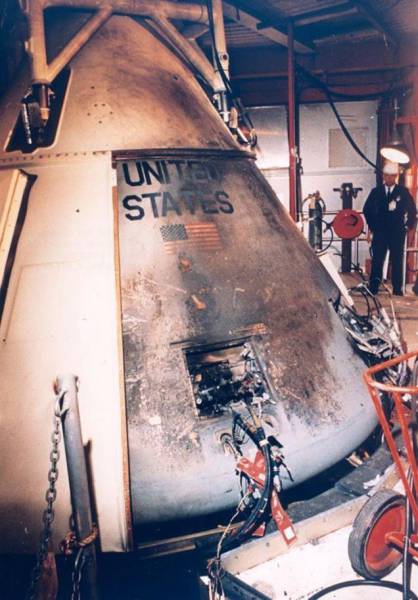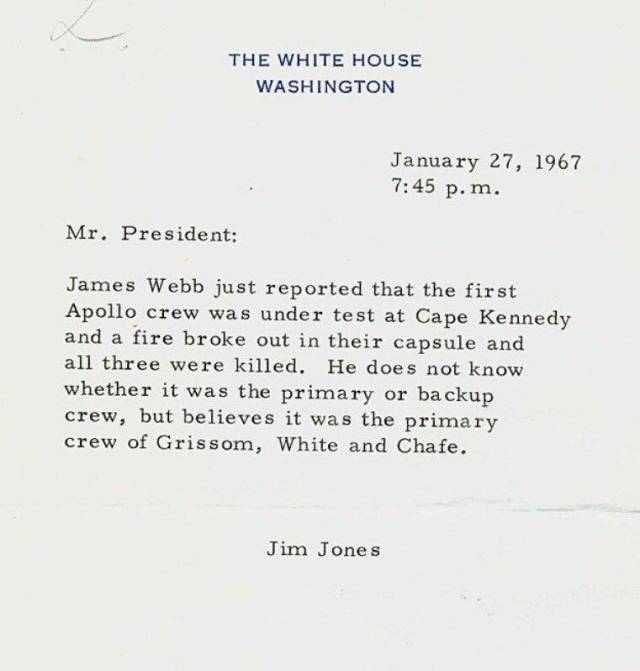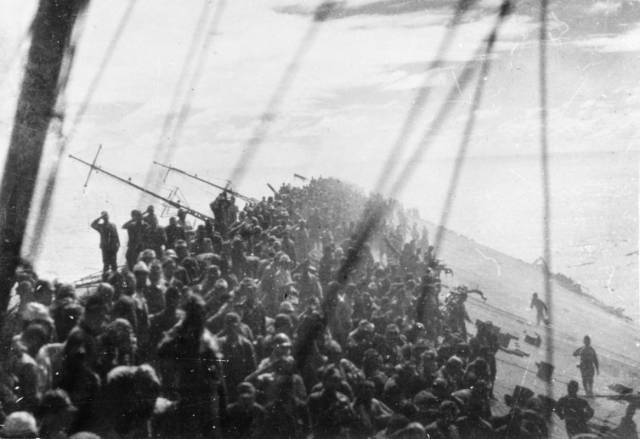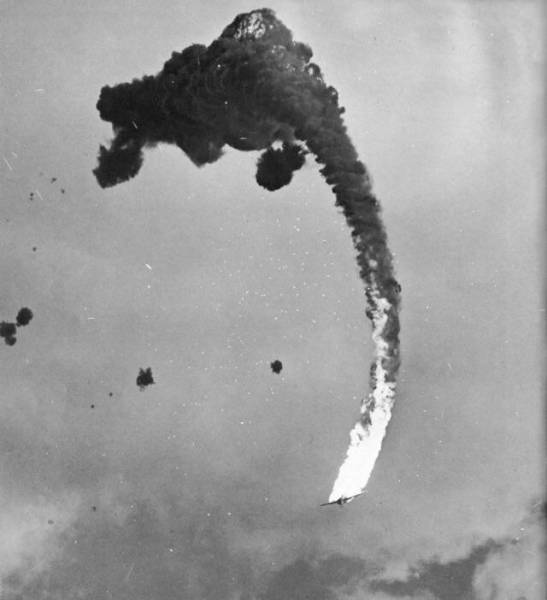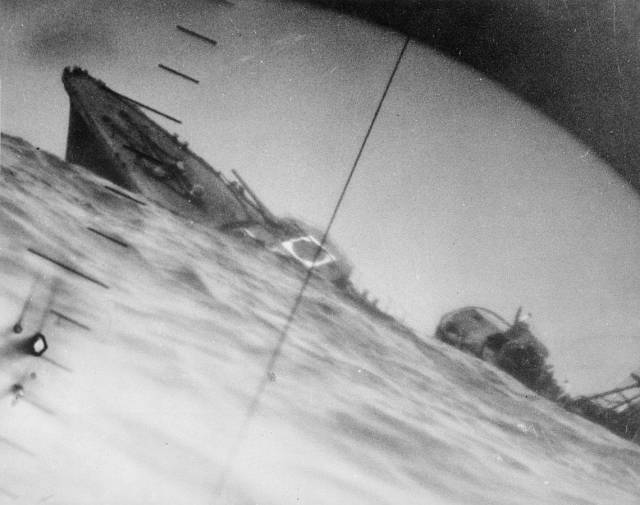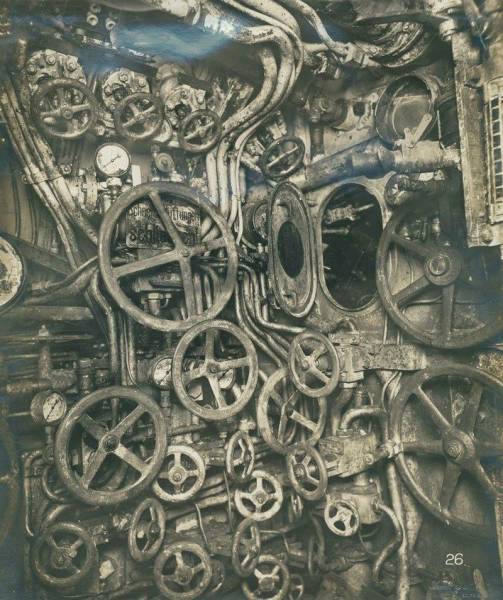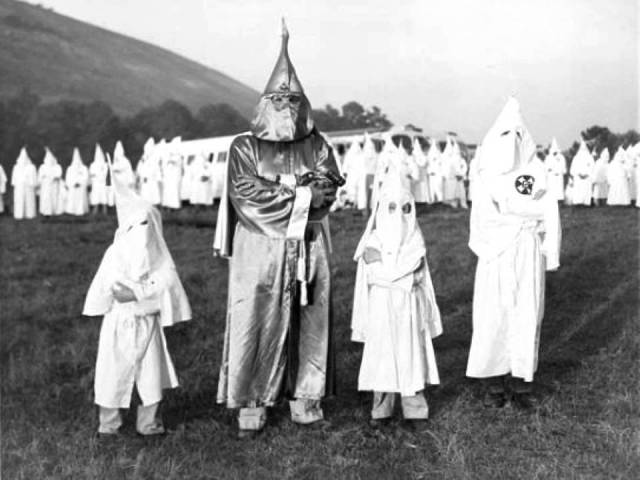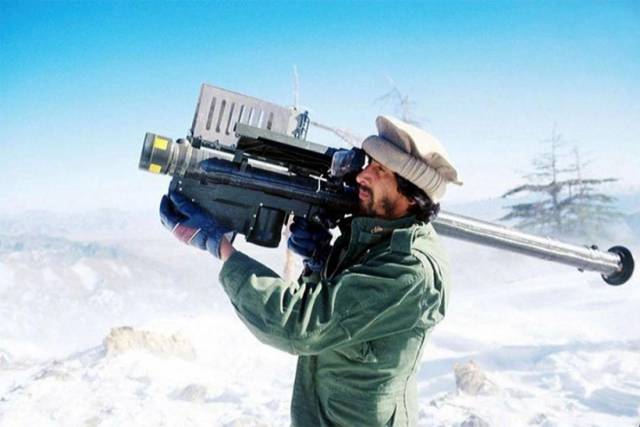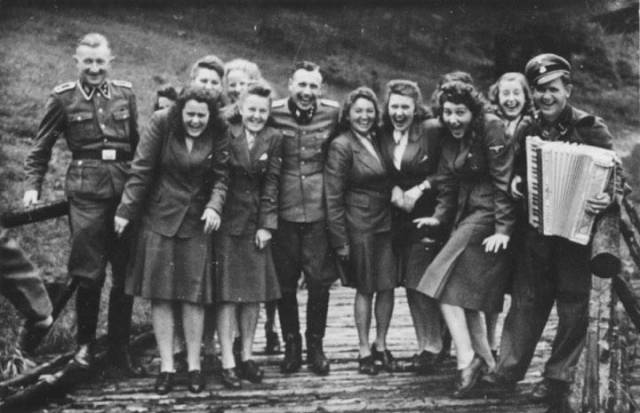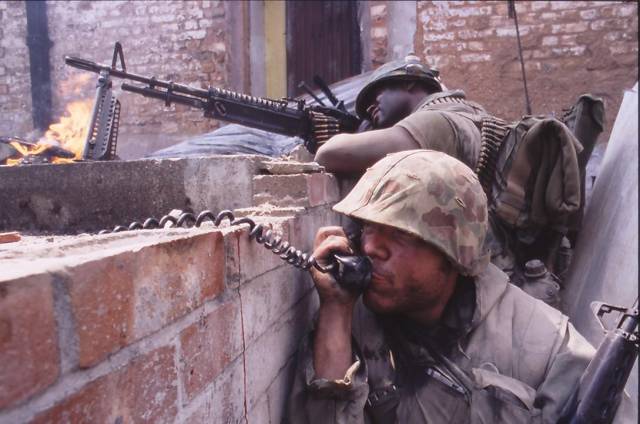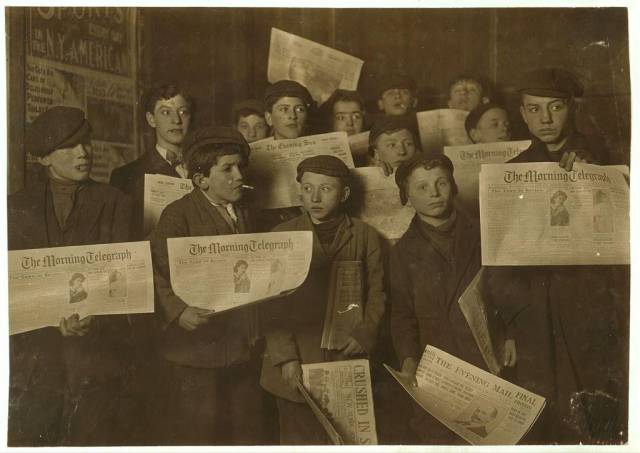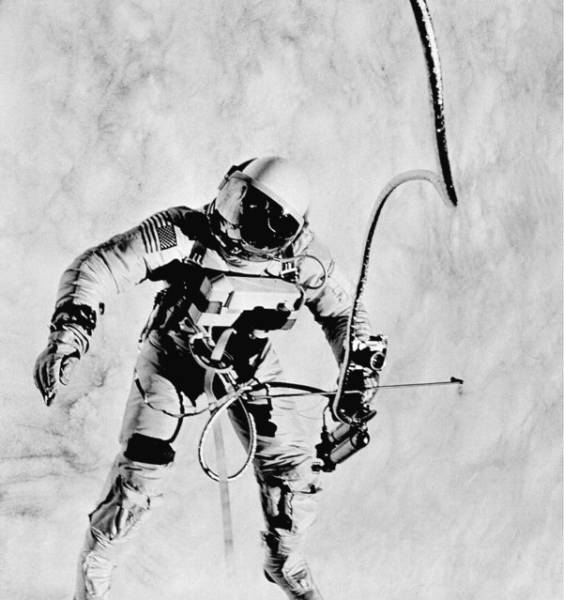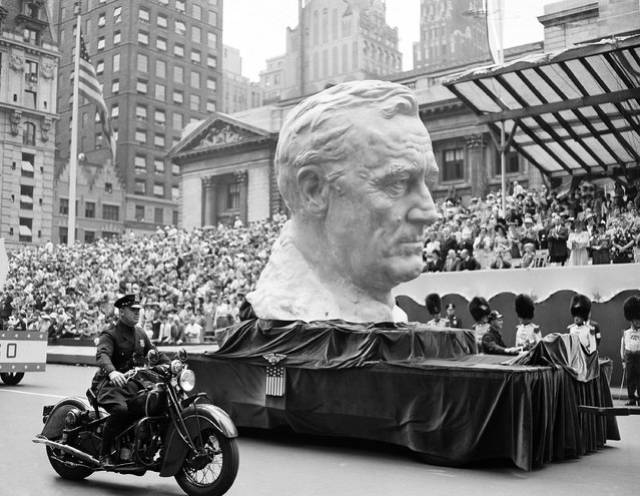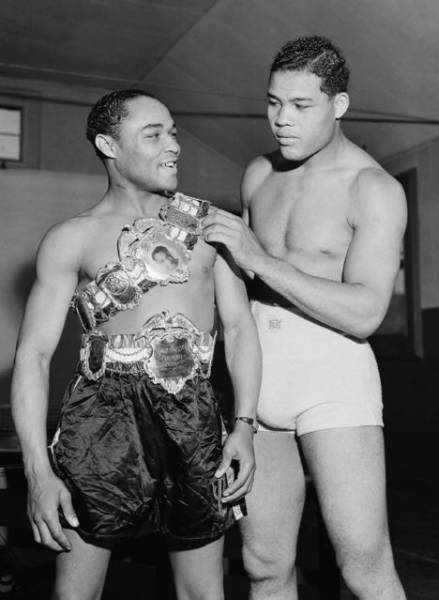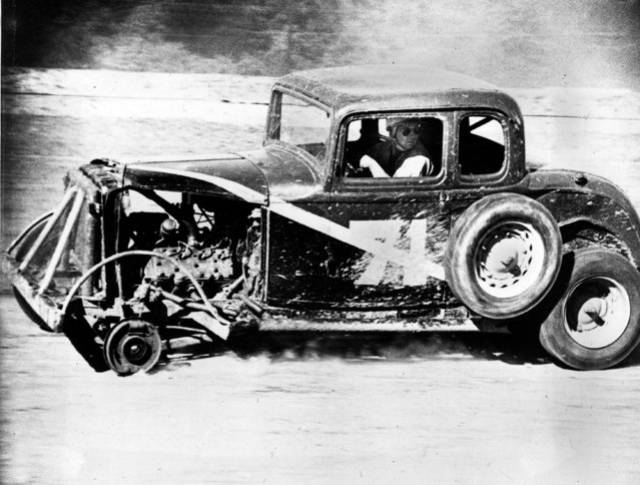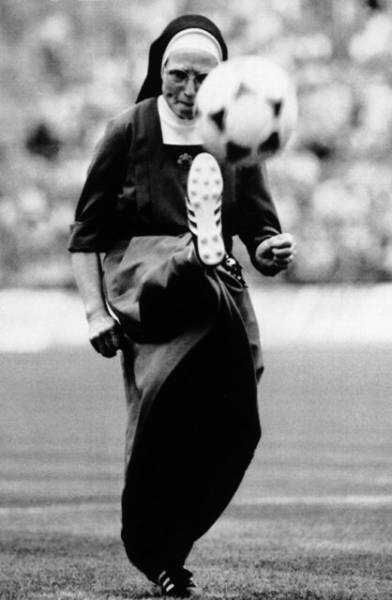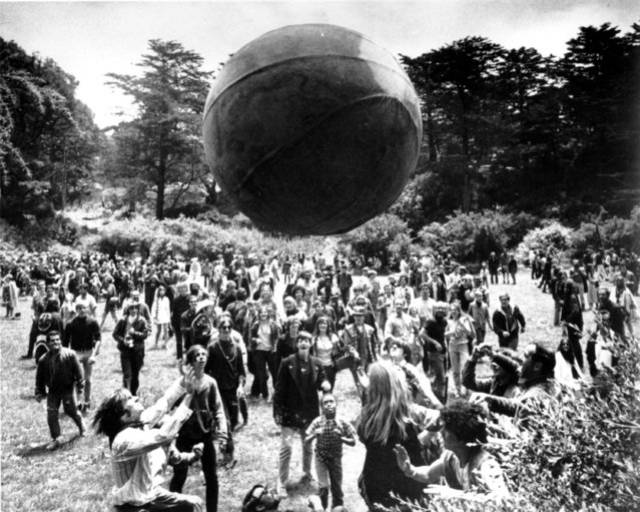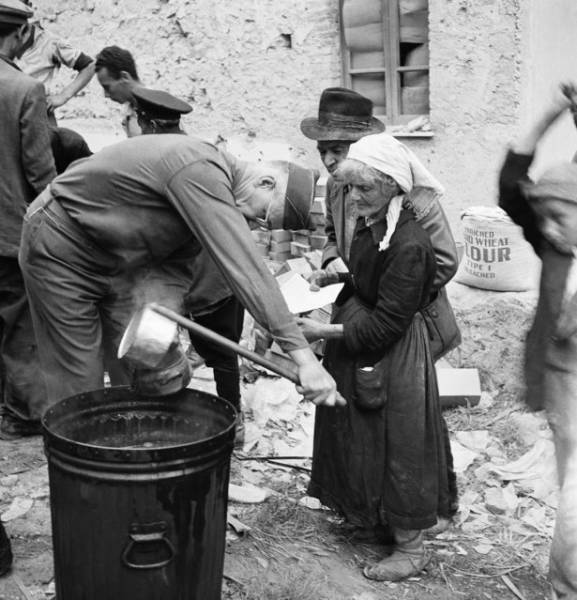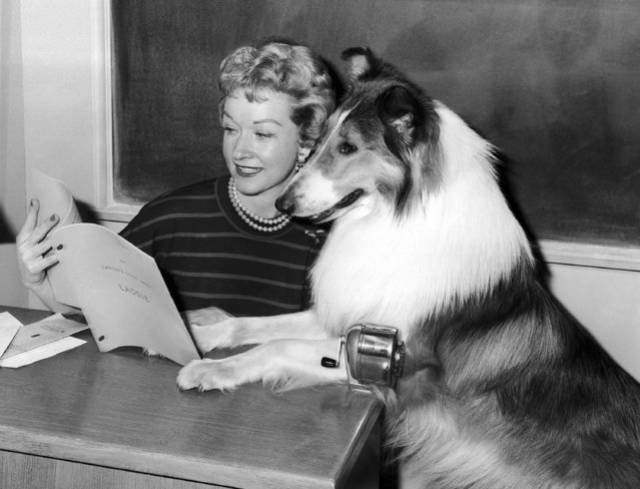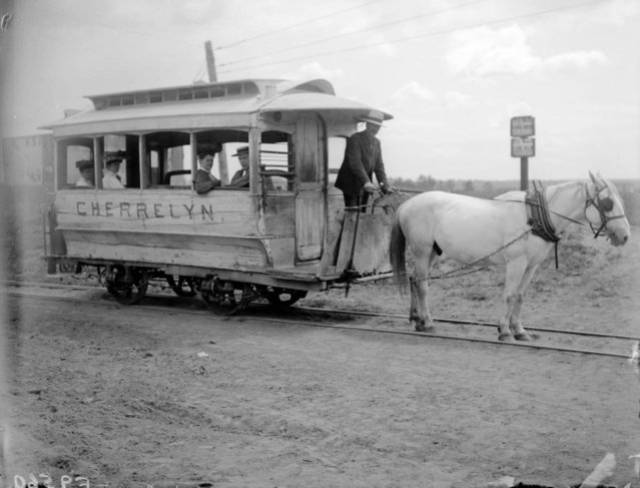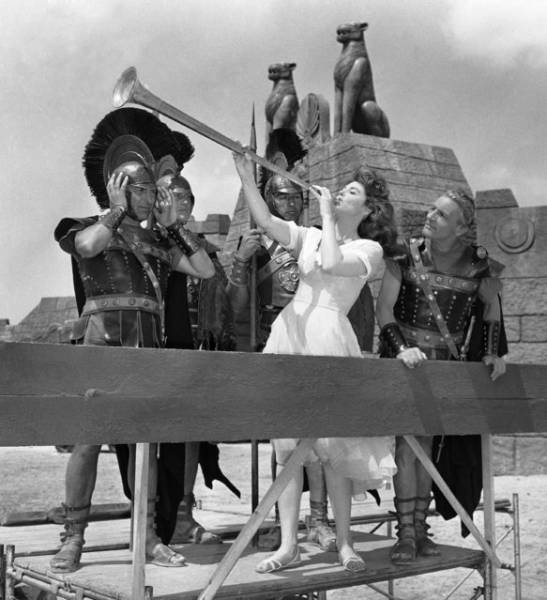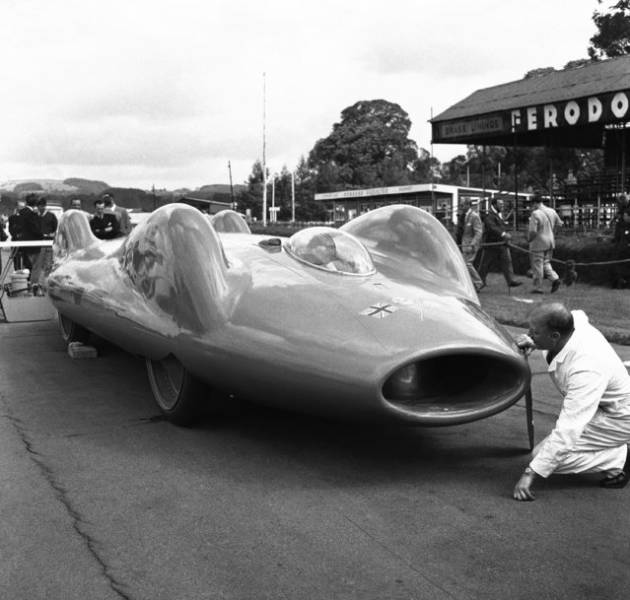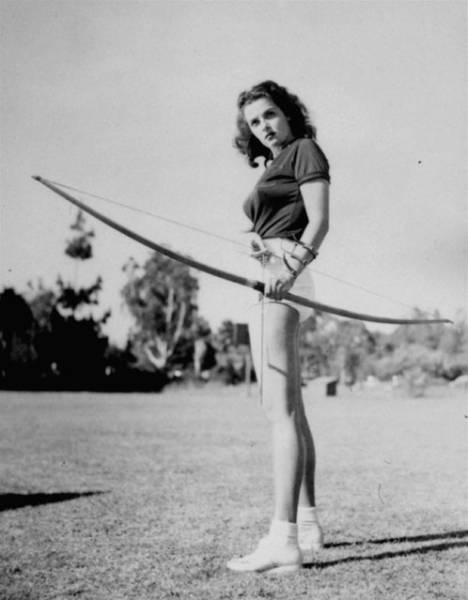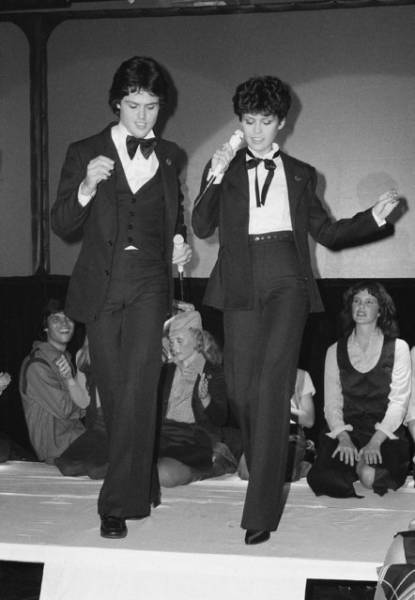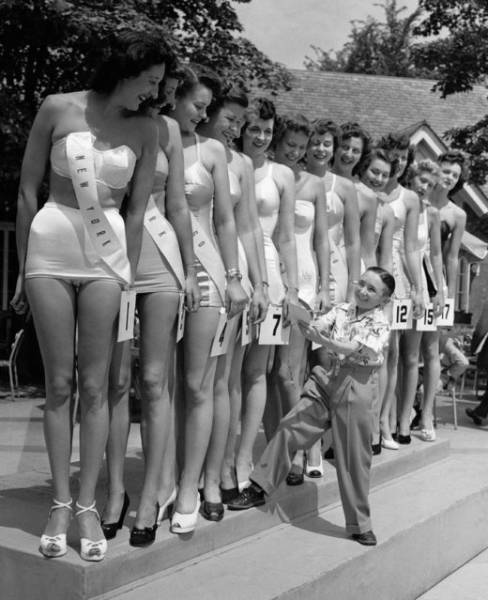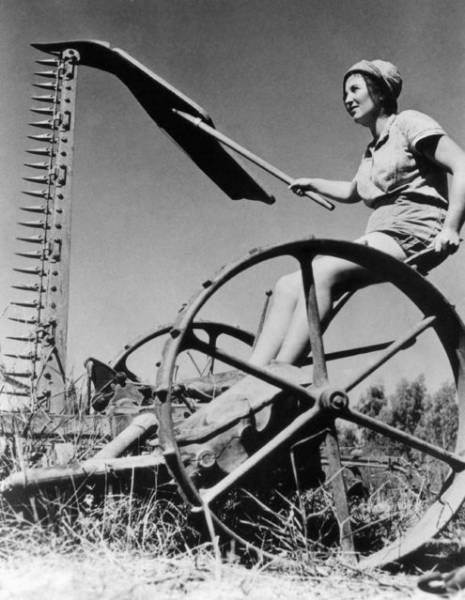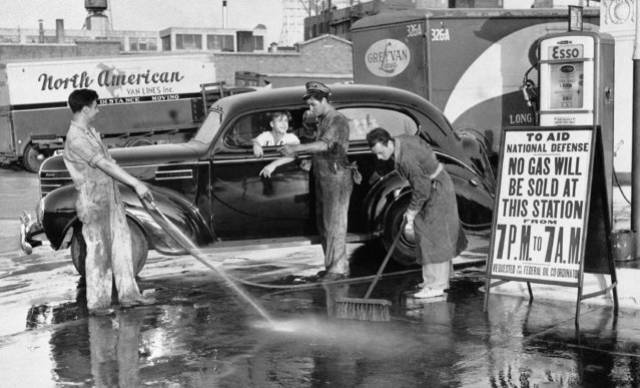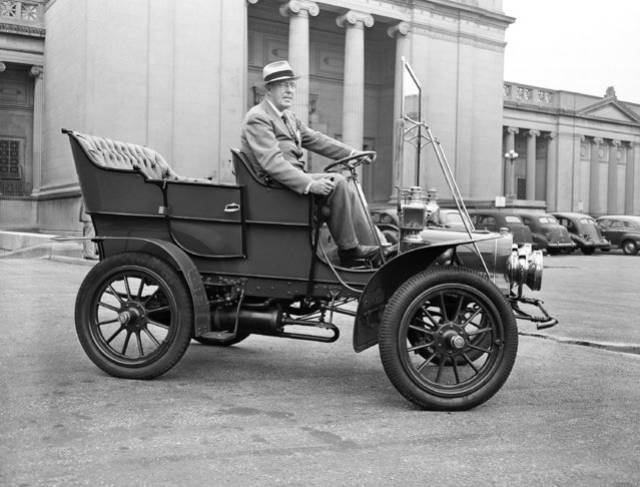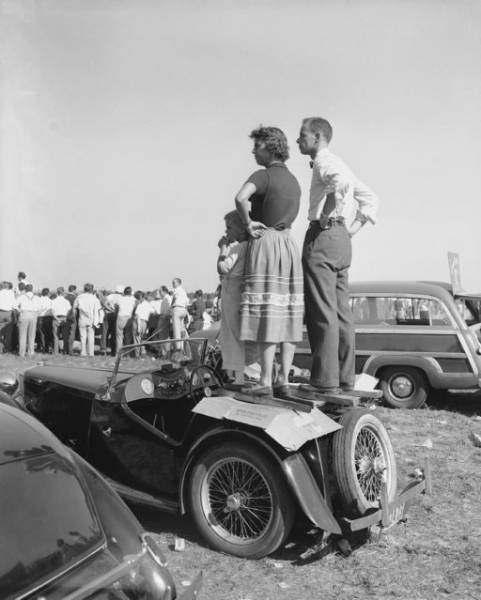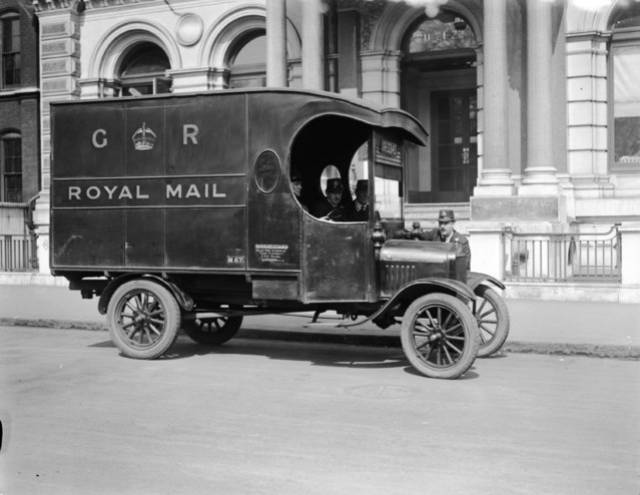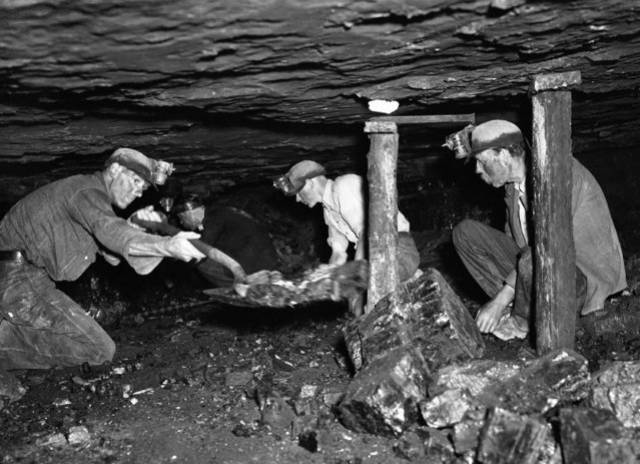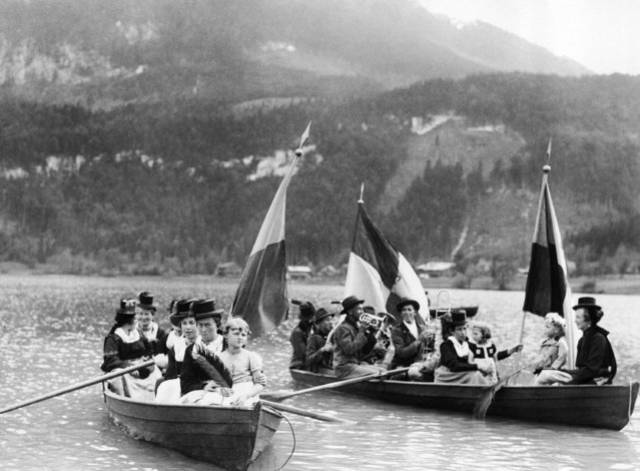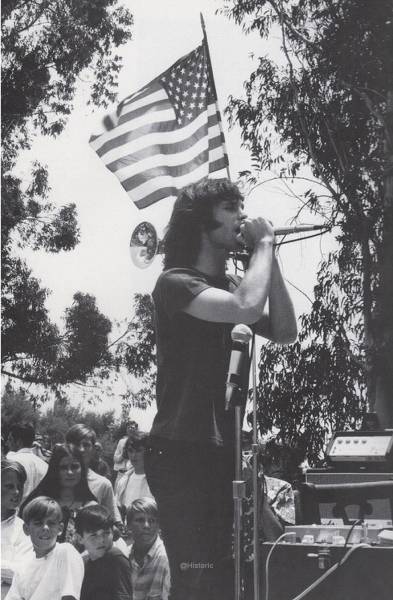De Beer mine workers are X-rayed at the end of every shift before leaving the diamond mines. Kimberly, South Africa. 1954
Each day at the end of the shift, the miners would have to go through the x-ray machine for inspection. Some miners would swallow diamonds, even hide them in self-inflicted incisions in their legs. According to a Botswana based mine, 36% of the workers smuggle diamonds out of its mines by hiding them in the anus, 30% hide them between their buttocks, 14% use their socks and hair, 5% conceal the gems in their mouths, 2% place the gems under their scrotum, 2% hide them in their clothes, 2% use their underwear and 10% use other means.
Atomic cloud over Nagasaki, Sept 8,1945, taken 15+ minutes after the explosion, seen from a distance of 15 km. Photo by Hiromihi Matsuda
Apollo 1 Crew: Virgil I. Grissom, Edward H. White II, and Roger B. Chaffee
The crew of Apollo 1 relaxes during training, 1966
The Apollo 1 Tragedy
th orbit with Virgil “Gus” Grissom, Edward White and Roger Chaffee on board. Tragically, however, the spacecraft was destroyed in a cabin fire during a launch pad test 50 years ago.
On January 27, 1967 Apollo 1 was sitting on the launch pad atop a Saturn 1B rocket at Cape Canaveral Air Force Station Launch Complex 34, the precursor to the Saturn V. It was set to perform a “plugs-out” test, during which both the launch vehicle and the spacecraft were not loaded with fuel and all pyrotechnic systems were disabled. The task was merely to prepare Apollo 1 for its launch on February 21, 1967 by running through various system procedures.
During the second run through the checklist, the fire started. The 100% oxygen atmosphere fed the electrical fire, the increasing pressure rupturing the capsule wall. Shrapnel injured ground crew, while smoke billowed out to smother them. Within 26 seconds, the horrified ground team heard garbled voices yelling, and saw flame sweeping across the camera. It took five full minutes for the ground crew to peel open all three hatches, trading off as heat and smoke forced them to retreat.
Note handed to President Johnson about fatal Apollo 1 fire
The crew of the sinking Japanese air craft Zuikaku salutes as the flag is lowered for the last time on October 25, 1944. The ship would sink with the loss of 843 men
A Japanese dive bomber’s final moments, 1945
The torpedoed Japanese destroyer Yamakaze, as seen through the periscope of an American submarine, USS Nautilus, in June 1942
A German submarines control room in 1918
Two children wearing Ku Klux Klan robes and hoods stand on either side of Dr. Samuel Green, Ku Klux Klan Imperial Wizard, at an initiation ceremony. Atlanta, Georgia. July 24, 1948
On 1944, Dr. Samuel Green founded the Associated Klans of Georgia (AKG); their first cross burning ocurred on October 1945 atop Stone Mountains, Confederate memorial where the Second Klan was founded on 1915.
Dr. Green started his first major initiation ceremony on May 9, 1946 by “naturalizing” 1000 “aliens” or non-members, and soon extended his organisation to Alabama, Tennessee, South Carolina and Florida.
During its existence, the AKG’s “wrecking teams” engaged in murders, floggings and the intimidation of those Blacks who managed to get registered on the voters’ rolls, by burning crosses or sending little coffins, for which he was rewarded by the Governor of Georgia by becoming his aide-de-camp.
Opposed to Communism, trade unions and Catholicism, they preached anti-semitism and white supremacy, fighting against the civil rights movement and wanting to quell the new assertiveness of retirning African American veterans, or “uppity niggahs” as Green called them.
They were infiltrated by several informants, federal agents, and investigative journalists, whose the most notorious was Stetson Kennedy, who wrote I Rode With The Ku Klux Klan (1954) and who inspired the “Clan of the Fiery Cross”, where Superman fought Klansmen.
On 1949, he was elected Imperial Wizard; two weeks later, on August 18, he died from a stroke. His organisation splintered soon after.
This photo features Green’s last mass initiation meeting.
An Afghan mujahideen aims a FIM-92 Stinger missile at passing Soviet aircraft, 1988
The CIA sent 2,300 Stinger missiles to various mujahedin outfits throughout Afghanistan over the course of the war. Also it’s important to remember that US decision makers were risking a lot by implementing the Stingers in Afghanistan. First, the potential for those missiles to leave Afghanistan and be used on civilian or pro-US targets was large and second, the Stinger was US made which would give the Soviets concrete evidence of the US’s participation in arming the mujahideen. Evidently, the situation was so bad at the time that these huge risks had to be ignored and the Stingers were shipped to Pakistan for distribution in Afghanistan.
Auschwitz death camp guards on their day off
US Marines returning fire during the battle of Hue, 1968
Paper boys at 2 A.M. about to start their morning rounds. February 12, 1908
Astronaut Ed White faces the Gemini 4 capsule during his 20-minute space “walk” on June 8, 1965. In his right hand, White holds his oxygen space gun to maneuver around the capsule. A 35-mm camera is attached to the space gun. Astronaut James McDivitt took this photograph with a Hasselblad camera.
A float carrying a huge bust of President Franklin Roosevelt rolls up Fifth Avenue during a gigantic war parade in New York, June 13, 1942.
Joe Louis looks with envy at two awards that belong to Henry Armstrong, left, shown during their meeting at Pompton Lakes, N.J., June 13, 1938. One belt is for winning the the welterweight title from Barney Ross in 1937. The other belt is for Armstrong as the first boxer to wear three crowns at once. Louis, now training at Pompton Lakes for his Tony Galento fight for June 28, 1938. Louis as named “Ring” magazine's merit award as outstanding boxer of 1938.
Walter Ragan, of Conowingo, Md., turns and watches his left front wheel fly by his stock car on the Mason-Dixon Raceway at Oxford, Pa., Saturday, June 14, 1952. The wheel separated from the brake drum as the car continued to move and Ragan pulled into the pits without difficulty.
Catholic nun Sister Eadburga of the Franziskaner congregation in Kaiserlautern kicks the ball just prior to a soccer match between FC Bayern Munich and Vfl Bochum, at Munich's Olympic Stadium, June 17, 1989.
This new thigh holster for the gun-toting South African woman has replaced the bra holster, which was unpopular apparently because it changed the shape of their bust. Designed by South African housewife Mannie Laxton, the thigh holster, demonstrated June 20, 1965, sells for £2-5-OD, and is the new craze in a country where weekend pistol sessions among white women are almost as popular as bridge parties.
A crowd keeps a large ball, painted to represent a world globe, in the air during a gathering at Golden Gate Park in San Francisco, to celebrate the summer solstice on Thursday, June 21, 1967, day one of “Summer of Love”. If the Summer of Love established San Francisco as the hub of hippiedom, the summer of 2007 may one day be remembered as a time when the city and the rest of the country commemorated 1960s counterculture by taking the “counter” out of it.
Frank W. Elmore, an electrician, wears a hat radio on his head in Spokane, Wash., May 24, 1952. The dial is in the front as tubes that look like horns stick up on top. The circular object in the back is the aerial antenna. A pocket battery, earphones and some other equipment inside the helmet do the rest. “It's just the thing for a gardener”, says Elmore. His hat can tune in all the local stations.
Italian refugees in Minturno receive food from the Allied Military Government kitchen, after the Allied got control of the town, May 31, 1944. For many it was their first hot meal in weeks.
Bonita Granville Wrather, associate producer of the “Lassie” series being taped in Hollywood, and Lassie look over the script, May 31, 1962.
A horse pulls the Cherrelyn Gravity and Broncho Street Railway horse car uphill towards Cherrelyn, (Englewood) Arapahoe County, Colorado from the South Broadway trolley connection at Orchard Place between 1905 and 1910. John Bogue, (conductor, driver and lessee) steers the car as passengers look out the open windows. “Cherrelyn” is painted on side of the weathered car and the horse has a harness and blinders.
An up to date Sappho, Hollywood film star Tina Louise, makes like a trumpet blower on the set of “Sappho, Venus of Lesbos” in Rome, Italy, July 15, 1960. Actors in the parts of ancient soldiers play up to the off-camera bit. Tina plays the role of Sappho, the beautiful Greek poetess.
Leo Villa, Donald Campbell's Chief Mechanic, looks into the air intake of the jet powered car bluebird on the Goodwood Motor Racing Circuit in Sussex, England on July 18, 1960, where the new car is being prepared for trials, now scheduled for Thursday, July 21. After preliminary trials in Britain, the bluebird will be shipped to America for a world record attempt on the Bonneville Salt Flats in Utah.
Actress Jane Russell tests her skill with a bow and arrow, July 25, 1941. Jane is scheduled to appear in the upcoming motion picture, “The Outlaw”.
Donny and Marie Osmond model clothes fashioned by their mother, Olive, at the New York, New York disco in New York city, July 25, 1978. The line of clothing is called “Olive's Kids”.
At a beauty contest to select the nation's Queen of Height during the first national convention of Tall People's Clubs in New York on July 29, 1949, little Charlie Young, only three feet, eleven inches tall, acting as judge, had a tough time making up his mind for the choice. The national minimum height requirement for women members is 5 feet 10 inches, and for men, 6 feet.
As in other zones of war in Palestine today, there are few more important wartime functions then maintaining and increasing the food supply. As the Jewish men go off to war to join the British forces in defense of the Jewish National Home and other key links in the British Empire chain of defenses, the women are taking their places in the fields as well as in the factories, doing all the hard work as skillfully as their brothers. One of the young women pioneers doing field work in the colony of Ain Hachoresh, one of the 275 Agricultural settlements on June 3, 1941 which constitute the most important Achievement of the 550,000 Jews in Palestine. The women are learning to drive tractors, to manage large cow-stables, to York in the grain fields and to tend the sheep. The Jews of Palestine, 10,000 of whom are in the British forces, have been pleading with the British government for the right to enlist tons of thousands of other Jews to defend the Jewish National Home.
This motorist could get plenty of water and air if he wished, but no gasoline in New York, August 3, 1941. He pulled into this station, asked the attendant to “fill er up”, but was informed that the station was closed, observing the dawn to dusk blackout which shut down 100,000 stations on the east coast at 7 p.m., to conserve petroleum products.
Charles B. King, umpire in the first automobile race held on Thanksgiving Day 1895, sits at the right-hand drive of a 1907 Cadillac on August 17, 1945 in Chicago. To commemorate fifty years of automobile progress, officials at the Chicago Museum of Science and Industry plan to recreate the first race in history.
British MG sports cars were much in evidence on and off the track, at the road races for foreign cars at the Linden Airport in New Jersey, August 22, 1949. This family turned the back of their sporty little car into a grandstand to view the races. Several hundred foreign cars were spotted among those driven in by spectators.
A Royal Mail motor van, England, April 1929.
View of US National Guard troops as they sort equipment in a field near a Lockheed C-130 Hercules transport plane, Detroit, Michigan, July 25, 1967. The troops had been sent to Detroit by President Lyndon Johnson during ongoing rioting in the city.
Low gallery far beneath the earth's surface, with intrepid miners searching for coal somewhere in England, on June 10, 1938.
Thiersee villagers in their picturesque national dress arriving on the Thierses, Germany shore to watch the first dress rehearsal of the Passion Play on June 8, 1935.
Jim Morrison performing at Fantasy Faire and Magic Musical Festival, Northridge, LA. 1967

